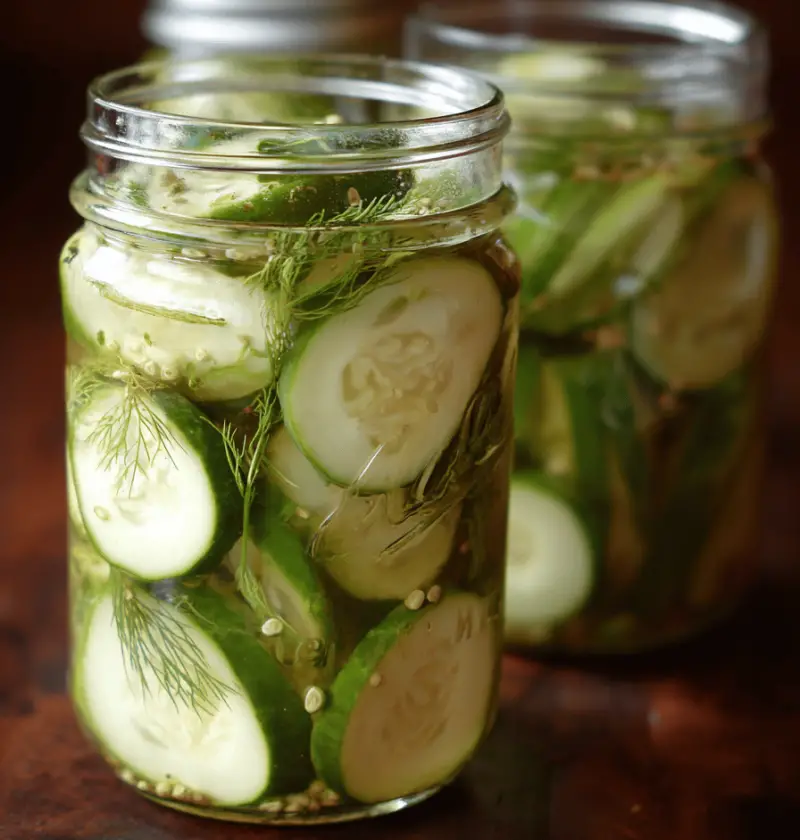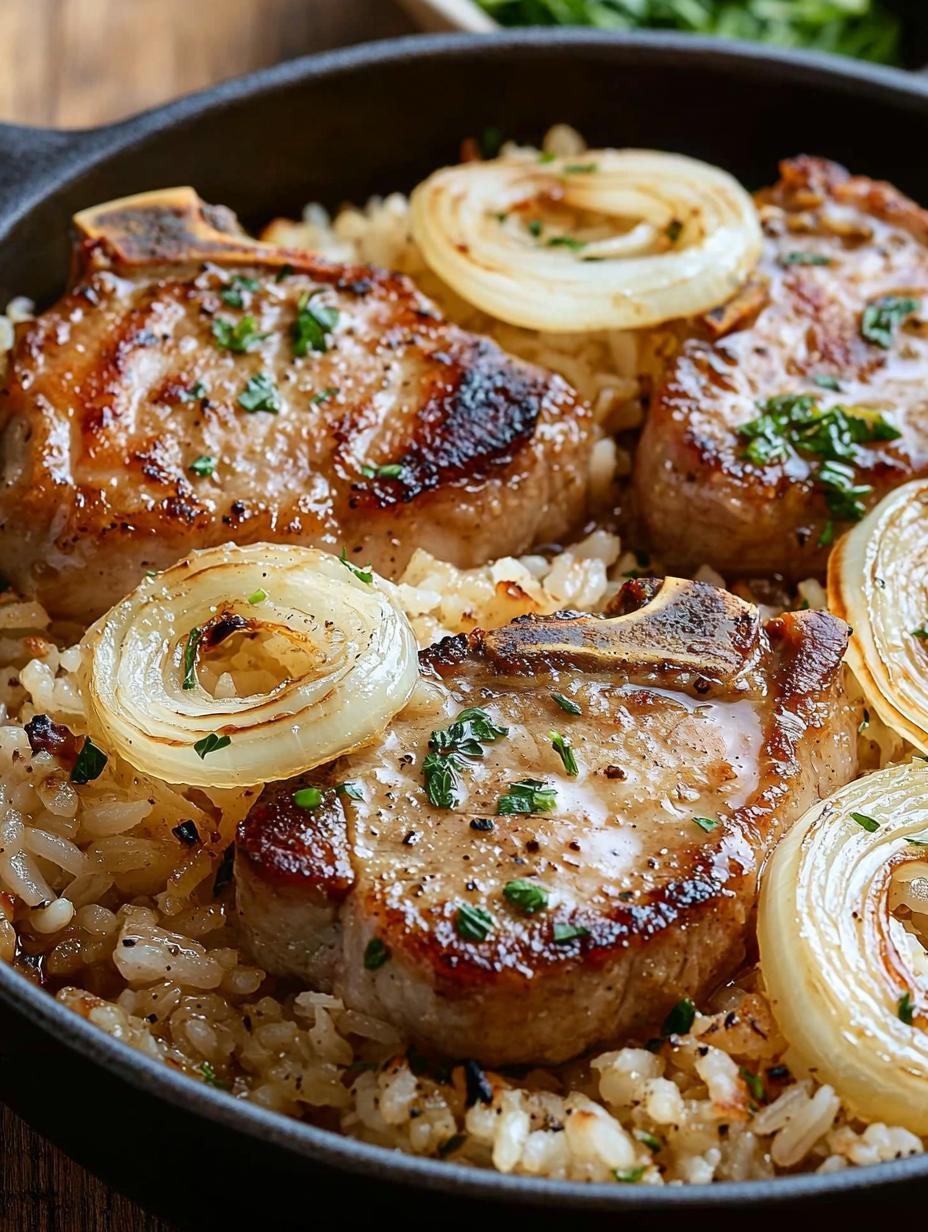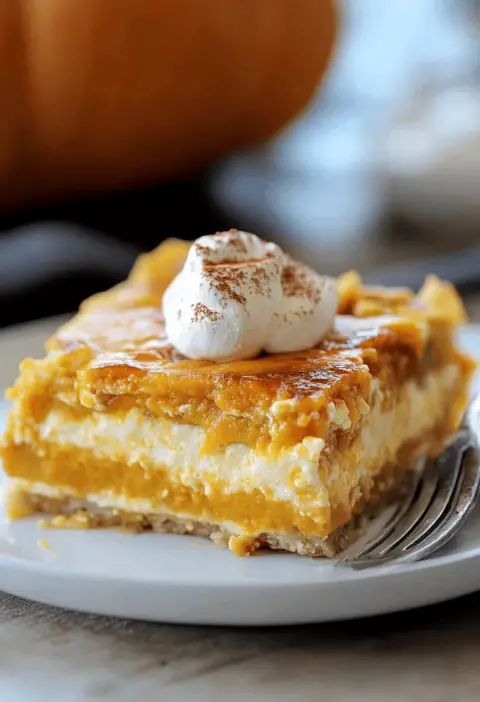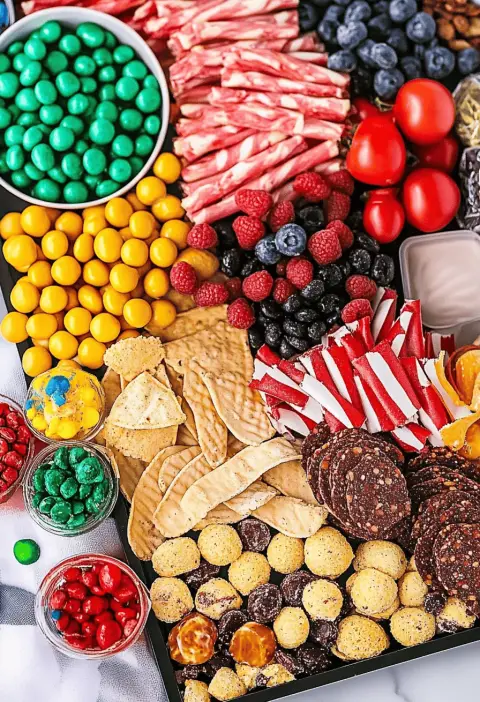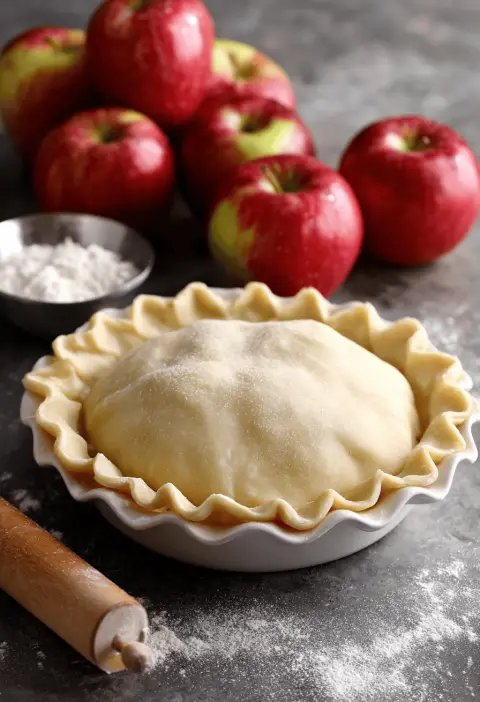Dill Pickle Recipe
This crisp, tangy Dill Pickle Recipe delivers that perfect crunch with an irresistible dill flavor in every bite.
I’ve always adored a good homemade pickle—especially when summer’s bounty overflows my garden and I’m itching to preserve all those crunchy cucumbers. This Dill Pickle Recipe isn’t just any preserving hack; it’s a nod to old-fashioned canning traditions with a modern twist. You’ll find it’s naturally healthy—low in calories, packed with probiotics when fermented, and free from needless additives. Over the years, I’ve tweaked brine proportions based on USDA canning guidelines and reader feedback to strike a balance between bright vinegar notes and that signature dill punch. Serve these pickle spears alongside burgers, crumbled into potato salad, or cube them into Bloody Mary garnish—your guests won’t believe how simple preserving can be.
Why You’ll Love This Recipe
• Ready in under 48 hours (no months of waiting!)
• Uses pantry staples—white vinegar, pickling salt, fresh dill
• Crunchy texture courtesy of ice-water soak and grape leaves tip
• Perfect for canning or quick refrigerator pickles
• Probiotic boost if you ferment instead of boiling
• Customizable heat level—just add red pepper flakes
• Superb tang that elevates sandwiches, charcuterie boards, dips
• Makes about 8 pint jars—ideal for gift-giving during holidays
Ingredients
• 8 pounds Kirby or Persian cucumbers (choose firm, blemish-free)
• 4 cups distilled white vinegar (5% acidity)
• 4 cups filtered water (chlorine-free for fermentation)
• ½ cup pickling salt (kosher salt without iodine)
• 8 large garlic cloves, smashed (optional: peeled for milder flavor)
• 8 heads fresh dill (flowering tops included)
• 4 bay leaves (optional: adds depth)
• 2 teaspoons red pepper flakes (omit for mild version)
• 4 grape or oak leaves (for extra crunch)
• 8 pint-sized canning jars with lids (Ball or Kerr recommended)
Tip: Rinse cucumbers and trim blossom ends to prevent softening. Use filtered water if you plan on fermenting—chlorine can slow probiotic development.
Directions
- Prep your jars. Wash canning jars and lids in hot, soapy water; rinse well. Keep jars warm in a 200°F oven to prevent cracking when hot brine hits.
- Soak cucumbers. Place trimmed cucumbers in a large bowl of ice water for 30 minutes—this step locks in that signature crunch.
- Pack spices. Into each warm jar, layer one garlic clove, one dill head, a bay leaf, a grape leaf, and a sprinkle of red pepper flakes.
- Add cucumbers. Stand cucumbers vertically in jars or slice into spears if you prefer easier snacking. Pack snugly but without crushing.
- Make the brine. In a saucepan, combine vinegar, water, and pickling salt. Bring to a gentle boil, stirring until salt dissolves—about 3 minutes.
- Fill jars. Using a ladle, pour hot brine over cucumbers, leaving ½-inch headspace. Tap jars gently to remove air bubbles; adjust headspace if needed.
- Seal or chill. For canning: wipe rims, apply bands finger-tight, process in a boiling water bath for 10 minutes (altitude adjustments may apply). For quick pickles: cool to room temperature, seal, and refrigerate.
- Wait patiently. Refrigerator pickles need 48 hours for full flavor; canned pickles taste best after 2 weeks (and will keep up to 1 year).
Servings & Timing
Makes: 8 pint jars (16–20 pickle spears per jar)
Prep Time: 20 minutes (plus 30 minutes ice soak)
Process/Chill Time: 10-minute water bath or 48 hours in fridge
Total Time: About 1 hour active; flavors peak at 2 days
Variations
• Spicy Dill Pickles: Add 1 sliced jalapeño per jar for a kick.
• Sweet ‘n’ Tangy: Stir ¼ cup sugar into brine for a mellow balance.
• Bread-and-Butter Style: Include 1 sliced onion and ½ teaspoon mustard seeds per jar.
• Fermented Kosher Pickles: Skip vinegar; use 3 cups filtered water and ferment at 70°F for 5–7 days.
• Herb-Infused: Swap half the dill for cilantro or tarragon.
• Quick Refrigerator Chips: Slice cucumbers thin, skip canning, and reduce brine salt to ¼ cup.
Storage & Reheating
Store sealed, processed jars in a cool, dark pantry—shelf life up to one year. Once opened, keep in the fridge and enjoy within 2 months. There’s no reheating needed; these pickles shine cold. Make-ahead tip: Process extra jars when cucumbers are abundant in summer so you’ve got crunchy spears all year.
Notes
I learned that trimming just the blossom end (the side with the flower scar) prevents cucumbers from turning mushy—little detail, big difference. Sometimes I toss in a spoonful of mustard seeds or coriander for a subtly spiced profile. If brine tastes too sharp, stir in a teaspoon of honey after cooling. And one last trick: pressing the lids gently after processing ensures good vacuum seals—if you hear a click when cooling, you’re set!
FAQs
Q: Can I use apple cider vinegar instead?
A: Yes—apple cider vinegar adds a fruity tang but may darken the brine.
Q: Why are my pickles soft?
A: Check that you’ve trimmed the blossom end, used fresh cucumbers, and included grape or oak leaves for tannins.
Q: How much salt is safe for canning?
A: Stick with pickling salt—1 tablespoon per cup of liquid—to meet USDA guidelines.
Q: What’s the difference between refrigerator pickles and canned ones?
A: Refrigerator pickles aren’t heat-processed and must stay cold; canned pickles are shelf-stable after a water bath.
Q: Can I ferment these instead of boiling?
A: Absolutely—use filtered water, skip vinegar, and allow natural lactic-acid fermentation at room temperature for about 7 days.
Q: Why add bay leaves?
A: They lend a subtle savory depth that balances the tang.
Q: Do I need a canning funnel?
A: It makes filling jars tidier, but a ladle and steady hand work just fine.
Q: What if my lid doesn’t seal?
A: Store that jar in the fridge and enjoy within two months; it just becomes a refrigerator pickle.
Conclusion
This Dill Pickle Recipe brings together the best of old-school canning and quick refrigerator methods, resulting in crunchy, tangy spears that brighten any spread. Give it a whirl with your next backyard BBQ or swap jars with neighbors—then drop a comment below to let me know how yours turned out! For more homemade preserving fun, check out my Quick Refrigerator Pickles or Easy Fermented Sauerkraut recipes.

Dill Pickle Recipe
Ingredients
- 8 pounds Kirby or Persian cucumbers choose firm, blemish-free
- 4 cups distilled white vinegar (5% acidity)
- 4 cups filtered water chlorine-free for fermentation
- ½ cup pickling salt kosher salt without iodine
- 8 cloves garlic smashed (optional: peeled for milder flavor)
- 8 heads fresh dill flowering tops included
- 4 bay leaves optional: adds depth
- 2 teaspoons red pepper flakes omit for mild version
- 4 grape or oak leaves for extra crunch
- 8 pint-sized canning jars with lids Ball or Kerr recommended
Instructions
- Wash canning jars and lids in hot, soapy water; rinse well. Keep jars warm in a 200°F oven to prevent cracking when hot brine hits.
- Place trimmed cucumbers in a large bowl of ice water for 30 minutes—this step locks in that signature crunch.
- Into each warm jar, layer one garlic clove, one dill head, a bay leaf, a grape leaf, and a sprinkle of red pepper flakes.
- Stand cucumbers vertically in jars or slice into spears if you prefer easier snacking. Pack snugly but without crushing.
- In a saucepan, combine vinegar, water, and pickling salt. Bring to a gentle boil, stirring until salt dissolves—about 3 minutes.
- Using a ladle, pour hot brine over cucumbers, leaving ½-inch headspace. Tap jars gently to remove air bubbles; adjust headspace if needed.
- For canning: wipe rims, apply bands finger-tight, process in a boiling water bath for 10 minutes (altitude adjustments may apply). For quick pickles: cool to room temperature, seal, and refrigerate.
- Refrigerator pickles need 48 hours for full flavor; canned pickles taste best after 2 weeks (and will keep up to 1 year).

